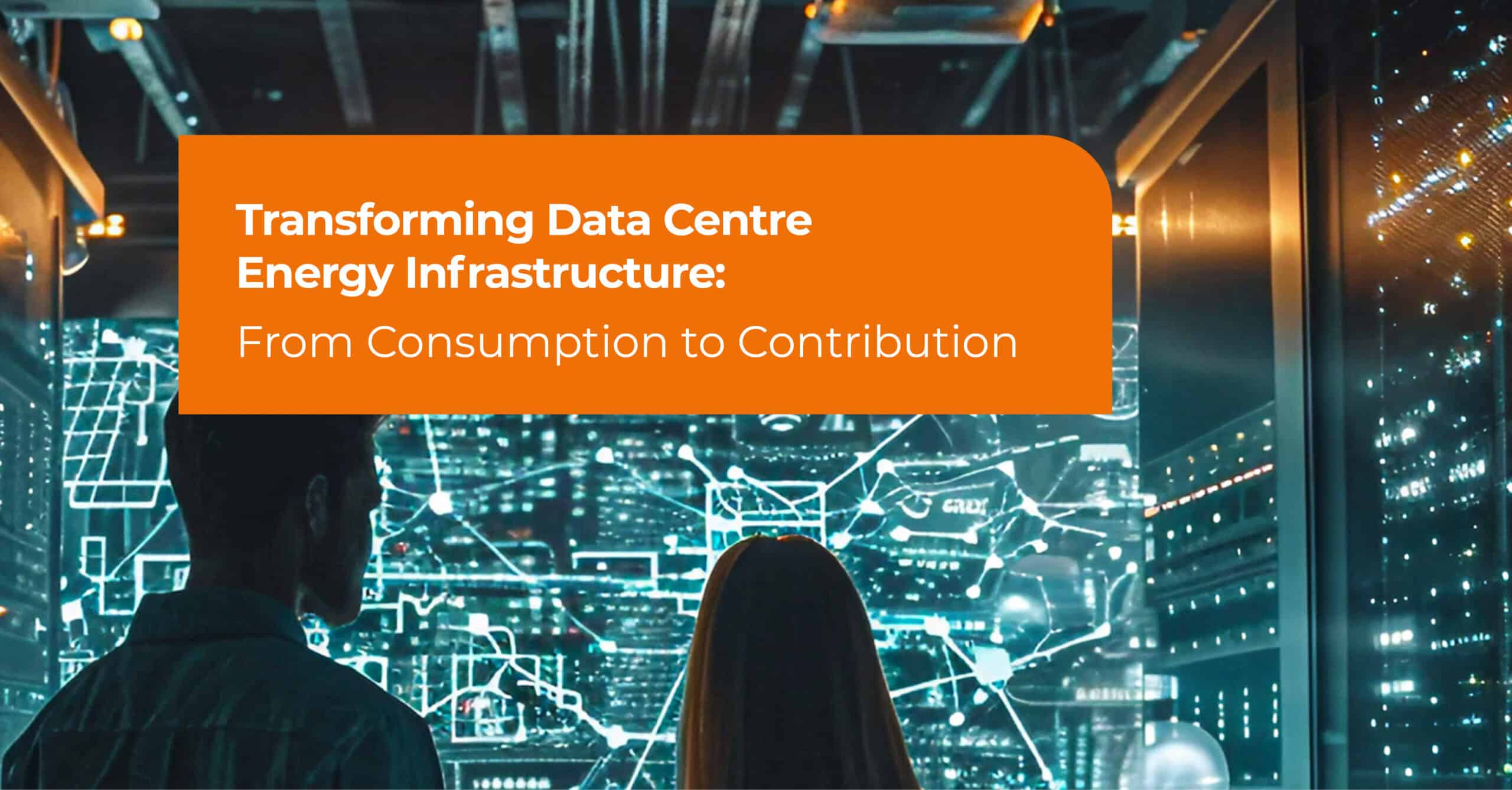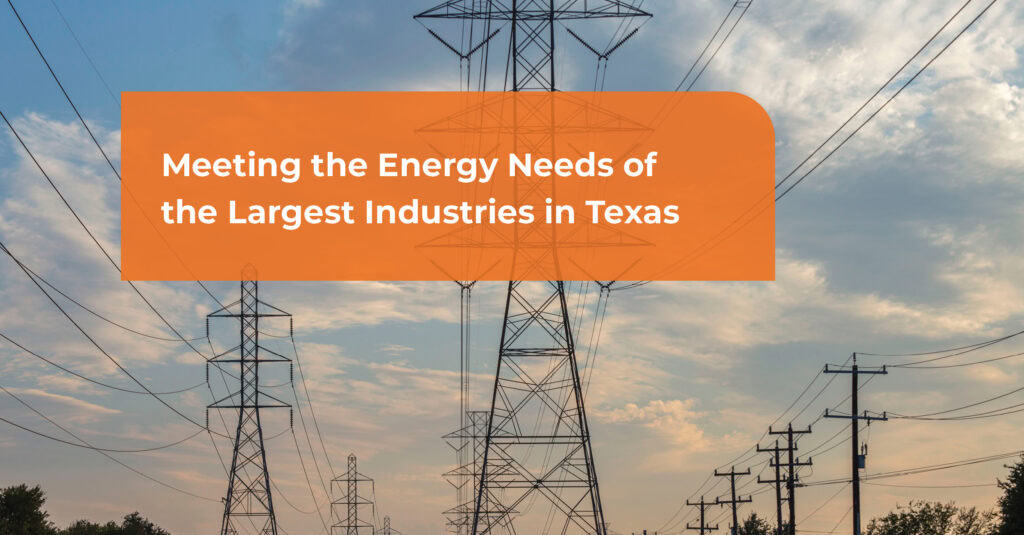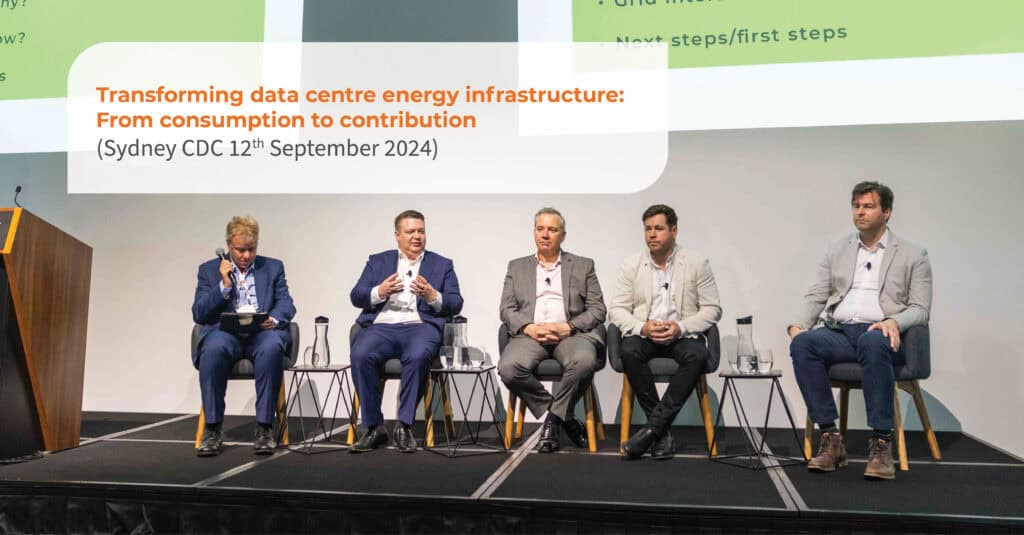
Transforming Data Centre Energy Infrastructure
As the backbone of our digital world, data centres power cloud services, streaming platforms, and an expanding IoT network. However, the growth of these services comes with a significant challenge: the vast amount of energy they consume. As data centres grow, so does their impact on power grids. But there is an opportunity for data centres to shift from being heavy energy consumers to active contributors to grid stability and sustainability, all while unlocking new revenue streams.
From Energy Consumers to Grid Contributors
Data centres are in a unique position to become active participants in the energy market. By participating in energy solutions such as Frequency Control Ancillary Services (FCAS) and demand response (DR) programs, they can reduce their energy footprint, support grid stability, and achieve environmental, social, and governance (ESG) goals. VIOTAS, a leader in energy management, is dedicated to supporting Data Centre clients on this journey.
The Importance of Shaping Public Perception
In some global regions, such as Ireland, data centres have faced public scrutiny due to their high energy consumption, which has led to restricted expansion opportunities. This highlights the importance of staying ahead of the narrative by demonstrating proactive involvement in grid support and sustainability. Data centres, as large energy users, are increasingly engaging in DR programs, which offers a meaningful way to improve both public perception and grid contribution.
1. FCAS Participation: Boosting Renewable Integration
Many data centres already invest heavily in renewable energy through initiatives like power purchase agreements. However, participation in FCAS takes these efforts a step further by helping integrate more renewable energy into the grid. By leveraging existing Uninterruptible Power Supply (UPS) systems, data centres can adjust grid load during periods of stress, ensuring that grid frequency is maintained.
- Supporting Renewable Energy: By participating in FCAS, data centres contribute to the use of more renewable energy across the grid. It is estimated that for every megawatt of FCAS services provided through demand response, 1,218 tonnes of carbon emissions can be avoided annually.
- New Revenue Stream: In addition to the environmental benefits, data centres can monetise their ability to adjust power usage, turning their energy infrastructure into a valuable source of revenue.
2. Demand Response: Enhancing Grid Reliability
Access to reliable power is critical for data centres. Participating in DR programs not only supports grid reliability but also strengthens their position as responsible energy users.
- Grid Stability: DR involves reducing or shifting power consumption during peak periods, alleviating pressure on the grid. As system strength becomes an increasing concern, data centres play a pivotal role in ensuring grid stability.
- Positive Public Engagement: Active involvement in DR programs showcases data centres as proactive and responsible consumers, reinforcing their commitment to grid stability.
3. Optimising Resources: Reducing the Need for Additional Utility Batteries
One growing concern in energy management is the resource intensity of battery manufacturing. However, by optimising existing UPS and HVAC systems, data centres can provide DR services without reducing the need for additional energy storage investments.
4. Minimal Impact, Maximum Value: Fast Frequency Response
FCAS offers significant value through Very Fast Frequency Response (R1S), which typically lasts only six seconds. This provides critical grid support with minimal operational disruption.
- Minimal Impact on Operations: The brief nature of FCAS events means there is limited impact on data centres’ operations, ensuring that UPS battery life and HVAC system temperatures remain within the required operating window. Data centres can support the grid without compromising operational integrity.
VIOTAS: Leading the Charge in Grid Support
VIOTAS is at the forefront of helping data centres transition from energy consumers to contributors. Their advanced energy management systems allow data centres to monitor, control, and optimise energy use in real-time, ensuring seamless participation in FCAS and DR programs.
- Advanced Energy Management: VIOTAS provides innovative systems that enable data centres to deliver consistent grid support with minimal to zero operational disruption.
- Tailored Solutions: From custom integration and collaboration with UPS system OEMs, to optimal DR market participation strategy, VIOTAS works closely with data centres to develop energy strategies that align with business goals.
Conclusion: A New Pathway for Data Centres
By taking small, strategic steps, data centres can provide substantial support to the grid, generate new revenue streams, and strengthen their ESG positioning. VIOTAS offers the expertise and technology needed to unlock these new value streams, helping data centres lead the way toward a more sustainable energy future. Through collaboration and innovation, data centres can transform their role from heavy energy consumers to valuable contributors to a greener, more resilient grid.
Source: W.media



